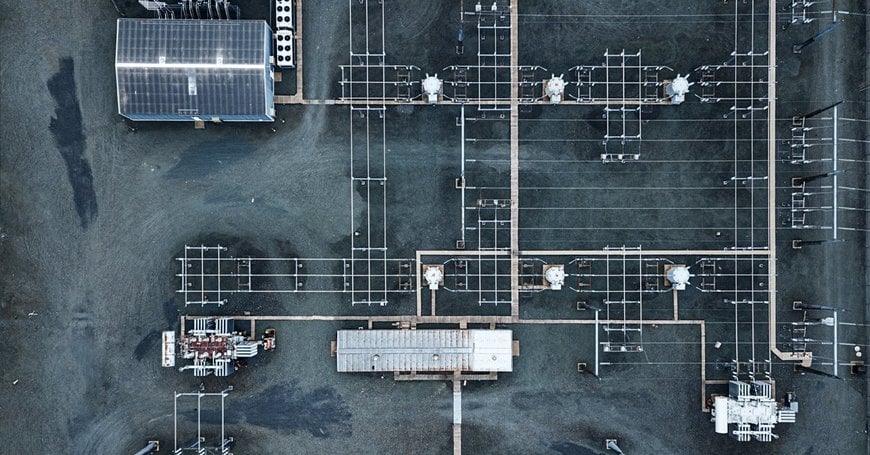www.industry-asia-pacific.com
18
'22
Written on Modified on
Next generation substations
As part of the Renewable Energy Directive, the European Commission (EC) has proposed an increased target for renewable energy generation, aiming to represent 40 per cent of Europe’s total energy supply by 2030 up from a previous goal of 32 per cent. Here, I examine the need for digital substations to prepare for the grid of the future.

In developed countries, it is not unusual for substations to be in operation for several decades, with little investment, upgrades or change to how they are operated. Moreover, because substations need to maintain uninterrupted power supply, sophisticated plans are needed to get these upgrades done. However, the need for substation upgrades is quickly becoming a must.
Drivers for upgrades
The world’s energy transition has already seen a sharp increase in renewables and distributed energy resources (DERs) being used on the grid each of which present their own challenges for grid operators.
The dynamic power flow associated with renewable generation can risk grid congestion if not managed effectively. Moreover, the fluctuating nature of renewables, like solar and wind, can create immense complications for utilities when balancing consumer supply and demand. Other DERs, like microgrids, backup generation and energy storage, also create challenges related to control and monitoring of the grid’s assets. Substations, of course, are a core asset in this infrastructure and should work to control the operation of the grid.
Intrinsic substation challenges
Substations have remained comparatively unchanged since their inception. Facilities often underutilize digital technologies that could enable better substation performance such as protection, measurement, or test equipment. More often, facilities are equipped with aging technology that varies in vendor, ability and communication protocol.
Lack of equipment standardization means that analyzing data from a substation can be a time consuming and sometimes impossible process. Poor ability to analyze data can leave blind spots for operators in important areas, such as measurements, device states and performance. The disconnect from these valuable metrics can affect substation quality and lead to wasted capital that a for-profit organization could use for other initiatives.
Integrating this with data from the wider grid is an equally complicated story. Without the ability to standardize data from each substation, there is no way to effectively visualize how a grid is operating and, importantly, to spot potential problems and opportunities. For instance, if a grid experiences an unexpected increase in energy being generated from a wind farm, but the operator cannot see the energy storage options in real time, the grid risks a power surge. Should Europe achieve its goals of 40 per cent energy generated from renewables, substations’ ability to cope with this change will be under threat.
IEC 61850 as an enabling technology
Much like the renewable transition, substations must undergo their own transformation to integrate digital technologies. The most crucial element of this change is a standardization of data, a feat which can be achieved through IEC 61850, a comprehensive framework for digital substations.
IEC 61850 is an international standard for defining communication protocols for devices at substations. The standard focuses on the integrity of equipment and helping energy companies to digitalize effectively.
Part of the standard includes the elimination of physical cabling and associated building requirements, and the deployment of digital technologies like the zenon Software Platform to allow for universal communication inside and outside the substation. This universal communication paves the way for substation automation.
A key element of these digital substations is independent equipment design, free from the manufacturer constraints typically found in facilities with varying types of hardware. For substations with a wide range of equipment vendors and communication protocols, independent software is core to this plan.
Future substations
Digitalizing substations is crucial for the world to achieve its energy ambitions. Looking to the future, these technologies will also play a significant role in the creation of autonomous energy systems (AES) technology for a new generation of energy.
In theory, an AES could automate large-scale grid control using algorithms and machine learning technology to react to real time data. The system would accurately balance load and generation in real-time, react to external datasets such as weather reporting for renewable generation predictions and improve grid recovery times by immediately investigating and solving problems as they occur. Like our current substations, vendor independent software is crucial for this to be possible.
As Europe integrates an increasing volume of renewables into its energy generation mix, the digitalization of electrical substations and substation automation must reflect this level of transformation. Looking to the future, uniform communications will be essential not just for effective substations but for more sophisticated energy grids and AES.
www.copadata.com

